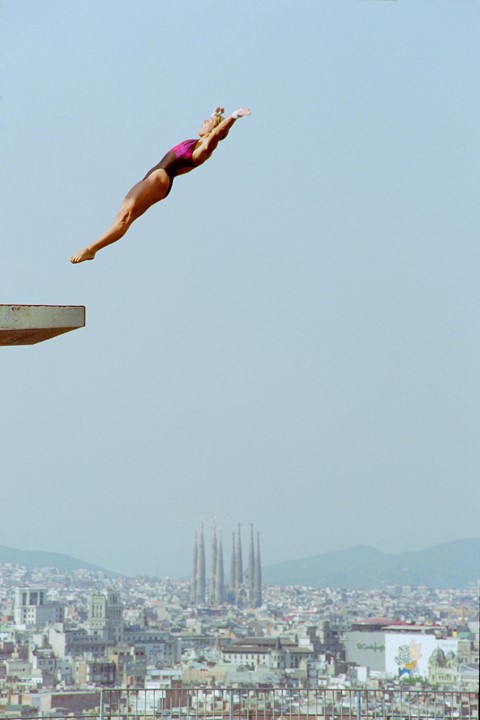From charming wine bars, modern Catalan restaurants, to gargantuan art galleries, here are the best things to see, eat and drink in Barcelona
Introducing a series of alternative city guides, specially curated for the cultivated traveller.
Even if you haven’t been to Barcelona, you probably have a good enough idea of what it’s like – the Sagrada Familia, Las Ramblas, tapas, the beach, the football team. It’s so iconic that its reputation is set in stone – what more is there to be said?
But the city is undergoing a period of radical transformation, introducing a raft of green policies and democratising public space. In an effort to reduce air pollution and congestion, it has recently launched a “super-block” initiative, which limits the passage of cars in certain areas. This policy has already begun creating new plazas, green spaces, cycle lines and playgrounds, and it’s set to scale up even further – between now and 2030, the city will get rid of asphalt pavements, plant thousands of new trees, and guarantee priority for pedestrians across a larger portion of the city. Barcelona is growing into a paradigmatic example of dynamic, eco-friendly, and car-free urban planning, which makes now an exciting time to visit.
Whether the city wants you to, however, is more debatable. Many of the new measures brought in under Ada Colau – the recently ousted mayor – were explicitly designed to tackle over-tourism: there are now tighter regulations on Airbnb, restrictions on the number of cruise ships that can visit the city, and a ‘tourist tax’ on hotel visits. If you want to make the trip but feel guilty about defying the wishes of the anarchists spray-painting ‘tourists go home’, the best thing to do is swerve Airbnb. Beyond that, it’s between you and your conscience, but having visited many times, I can happily say that I haven’t encountered any anti-tourist discrimination.
While tourism does contribute a lot to the local economy, Barcelona is much more than a stopping-off point on a cruise or a RyanAir city break. There’s a lot going on, both culturally and economically – alongside its vibrant cultural scene, the city’s tech industry is booming. With some of the best architecture in Europe, if not the world, Barcelona is iconic for a reason, and all of its famous destinations are worth visiting – you presumably don’t need us to tell you to check out the Gaudí (although for what it’s worth, Casa Mila would be my pick).
Below, you’ll find a list of recommendations that showcase modern Barcelona, a confident, innovative and endlessly exciting metropolis.
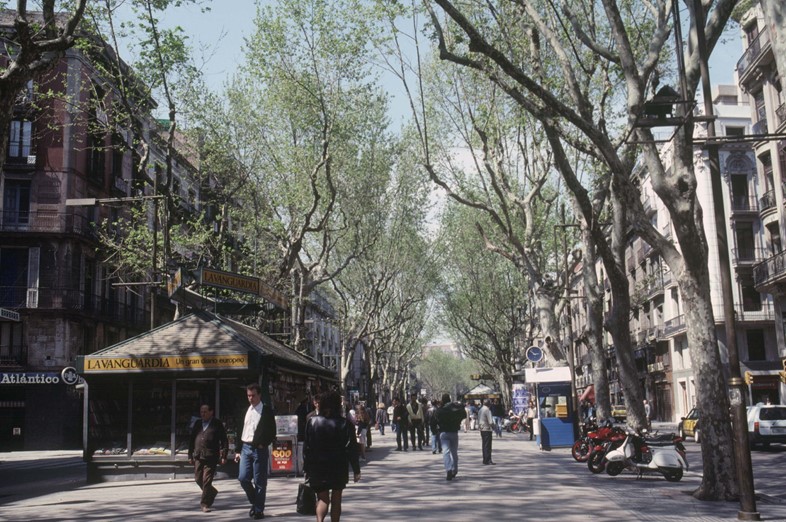
Berbena
Berbena, which takes its name after a type of traditional Spanish festival, is part of a growing scene of modern Catalan restaurants in Barcelona. The dishes are based on traditional Mediterranean cuisine, while also drawing influence from Asia and South America. The menu is seasonal and changes frequently, but the home-baked bread is a reliable staple, and there is usually an excellent selection of seafood dishes. The atmosphere is friendly and casual; the interior design is light and unfussy, and the surrounding area – the upmarket Avenida Diagonal – feels palpably less touristy than the historic centre. It’s a great place to go if you want to pretend you are a local gourmand.
Agüita Wine Club
Down a picturesque little side street in the Gothic Quarter is Agüita, one of the best wine bars in the city. It offers tasting sessions, which are a lot of fun – informative and educational, but with a light touch. While you can spit out the samples, there’s no obligation to do so, meaning you can effectively drink as much as you want (I might have abused this privilege … ). Throughout the session, you try a range of red, white, and sparkling wines, including Cava – one of Catalonia’s most famous exports.
The wines on offer are produced in local vineyards and natural, organic or biodynamic, while many of them have been made with a specific focus on sustainability. My favourite was the Metamorphoka, a thin red natural wine made with the trepat grape in nearby Tarragona, where it is fermented in clay pots. While I’d recommend the tasting session, you can also just visit Aguita to enjoy a drink and a bite to eat, or to pick up a bottle from its truly superlative selection.
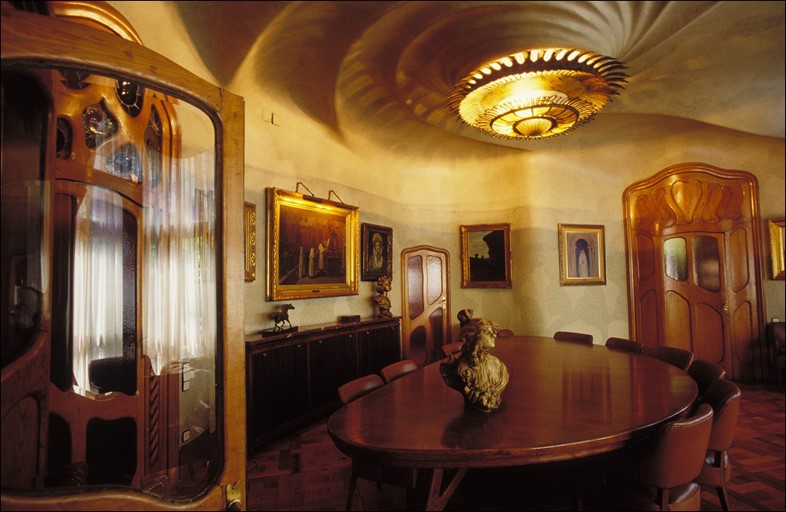
The Barcelona Edition
Since its launch in 2018, the Edition has established a reputation as one of the most luxurious and stylish hotels in the city. It’s also an exciting food drink and destination in its own right, boasting a range of bars, restaurants and venues. Veraz, an airy and informal restaurant on the ground floor, is a modern take on the traditional tapas bar which offers classic Spanish dishes like tortillas, patatas bravas, and bocadillos with fried calamari, much of which is made with fresh ingredients from the historic Santa Caterina Market across the street.
On a mezzanine level is The Punch Room bar, which offers small plates, an extensive array of cocktails and an atmosphere of timeless, old-world elegance. Down in the basement, you’ll find Cabaret, a nightclub and live music venue – the atmosphere starts out sultry and grows more raucous as the evening continues. Upstairs on The Roof, there is an outdoor swimming pool, a terraced bar, an Asian street food restaurant, and breathtaking views across the city, with towers, churches, turrets, and densely packed rooftops stretching as far as the eye can see.
The Gothic Quarter
With a history stretching back over 2,000 years, the Gothic Quarter is a fascinating mixture of different periods and architectural styles: grand avenues, mediaeval courtyards, rustic alleyways, skyway bridges with elaborate adornments, and even a Roman temple. At the centre is the Placa Real, a resplendent square lined with palm trees and vintage street lamps (designed by Gaudí himself).
Because it’s home to so many of Barcelona’s most famous attractions, the Gothic Quarter is inevitably a bit touristy, but there are plenty of hidden gems if you know where to look. Away from the crowds, Bodega Vasconia is a great option for traditional tapas. With its slanted ceiling, mosaic patterns and marble tables, it’s a charming, cosy little spot, and the food is simple, high-quality and hearty. It’s the kind of place where you can imagine Ernest Hemingway hanging out in the 1930s (and in that spirit, you should order a vermouth).
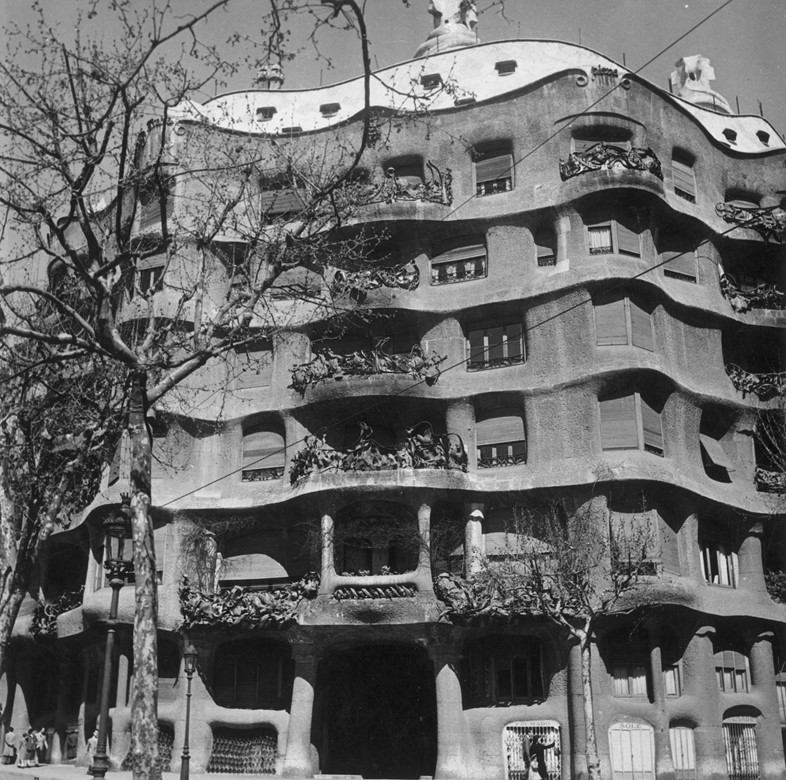
Fusta’m
Fusta’m is a furniture and interior designer shop which specialises in mid-century pieces, sourced from markets across Europe and the US and then lovingly restored by the owners. While you might struggle to haul back a wooden sideboard on your flight, the shop also sells smaller items, including crockery, ceramics, glassware, lamps, and a range of historical curios.
Another point in its favour: it’s situated in El Rival, which is one of the most evocative areas of Barcelona, a little rough around the edges and still carrying a trace of the seedy old port city where Jean Genet would burn public lice off his trousers with a lighter.
Moco Museum
Barcelona’s selection of galleries rivals anywhere in the world. This includes museums dedicated to Picasso and Joan Miro; the Centre of Contemporary Culture, and the gargantuan National Art Museum of Catalonia, which showcases art from the 12th to the 20th century. These are all worth visiting, but Moco – which launched in 2016 – is an interesting addition to the city’s art scene.
Along with its sister gallery in Amsterdam, Moco focuses on modern, contemporary and street art. Perhaps because it’s aiming to appeal to a younger and broader audience, the curation tends towards the splashy, colourful, loud, immersive and – dare I say – ‘Instagrammable’, but it’s not just a tourist trap. The collection features some major artists, including Jean-Michel Basquiat, Andy Warhol, Yayoi Kusama, and Keith Haring. The Moco is arguably art gallery as theme park but, like a theme park, it’s a fun day out.
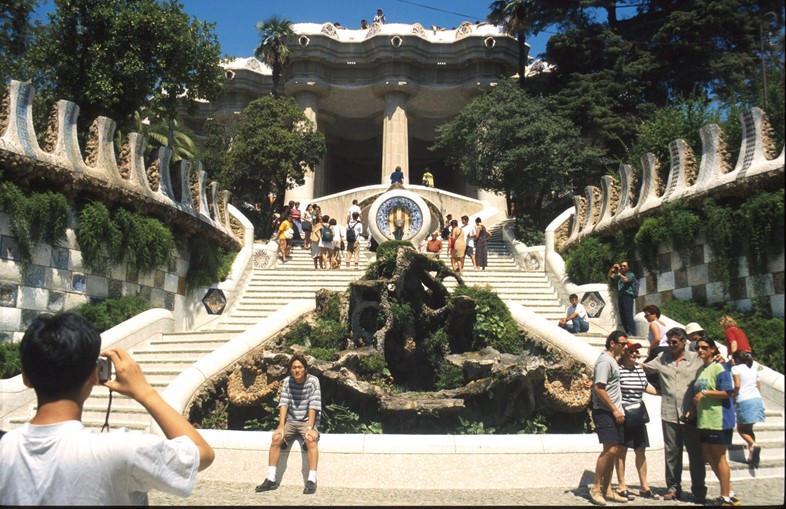
Paradiso
In 2022, Paradiso took the number one spot in The World’s 50 Best Bars list, and it deserves the acclaim. It’s something of a novelty experience: there’s the speakeasy entrance, through the fridge of a low-key pastrami shop; the undulating, Gaudí-esque ceiling installation, and a separate secret bar downstairs which is only accessible through a bathroom mirror.
But it’s not just about the quirky design: incorporating smoke, fire and ice, the cocktails on offer are expertly made and conceptually interesting (the latest menu is inspired by the history of humankind, including “agriculture”, “the Metal Age” and “the discovery of penicillin” – mouth-watering!)
El Poblenou
Described by Lonely Planet as ‘Barcelona’s coolest neighbourhood’, El Poblenou is the site of the first proper super-block, and a great example of the city’s experiments in car-free urbanism. In recent years, it has also developed a reputation as a centre of excellence for design. Its formerly abandoned industrial warehouses and factories have been repurposed into studios, galleries, workspaces and shops, and it is home to the BAU, Barcelona’s premier design school.
Poblenou is a district where retail and culture blur together. Dada Objet Trouve offers masterpieces of 20th-century furniture (including pieces by Le Corbusier and Gaudí); Espacio Simon, an experimental showroom for a lighting company, guides you through a series of immersive, neon-drenched installations, and Brutus de Gaper, an antique furniture shop housed in a gargantuan converted warehouse, boasts a thrillingly eclectic jumble of mid-century, art deco and modern pieces.
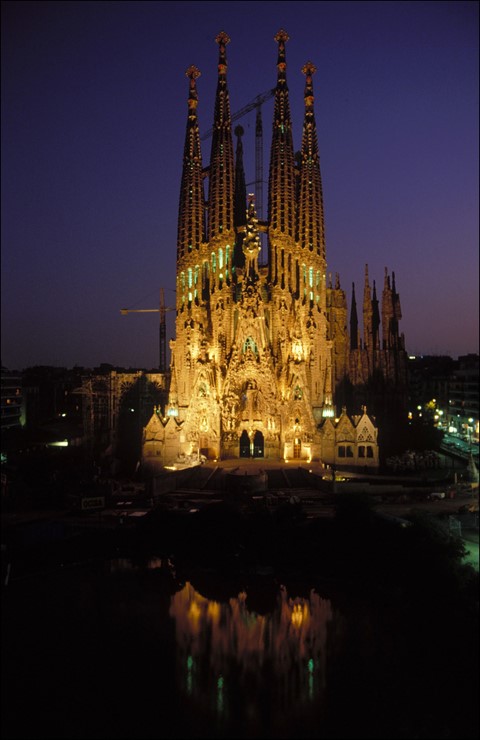
La Cañada
There has been a recent trend in Barcelona of neighbourhood bars being taken over and re-opened for a younger clientele, while maintaining an old-school style. One of the best is Bar La Cañada, located in Poble-sec, which offers a fantastic selection of wine and vermouth, alongside a tapas menu made from fresh market ingredients: there’s olives, Murcian tuna, sausages from Salamanca, artisanal cheese and traditional stews. Like all the best neighbourhood bars, the atmosphere is low-key, friendly and bustling.
MACBA
If you only have time to visit one art gallery during your visit, this would be a solid choice. Located in a square in the heart of El Reval, the MACBA (Barcelona Museum of Contemporary Art) features a permanent collection which rivals any modern art gallery in Europe, alongside a programme of major temporary exhibitions. While the gallery is mostly focused on Spanish and Catalan art from 1960 onwards, there are plenty of international artists on display: highlights include work by Gego, Eduardo Chillida, Marcel Duchamp, and Hans Haacke (whose ‘condescension cube’ installation is a must-see.) Adding hundreds of new pieces to its collection each year, the MACBA continues to be at the cutting-edge of contemporary art, with a forward-thinking and innovative approach to curation. It’s as much about Catolonia’s present-day culture as it is about celebrating its past.
